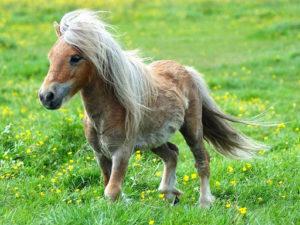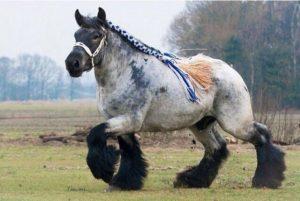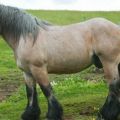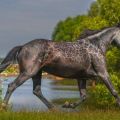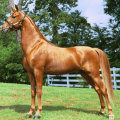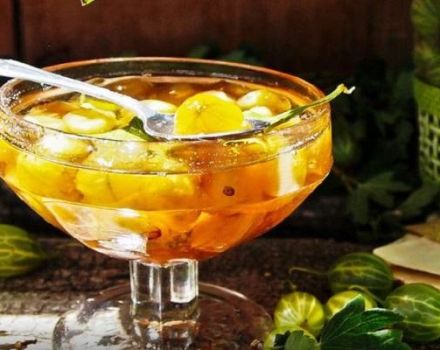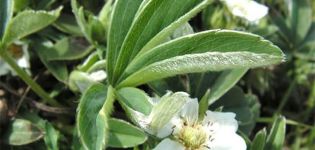Description and characteristics of the Altai horse breed, features of the content
As you might guess from the name, the Altai horse breed was bred in the vast Altai Territory. This hardy animal has been helping humans to perform agricultural and other tasks since ancient times. Such horses are especially appreciated for their ability to adapt even to the most severe climate. Why else do the owners love these pets and how to properly care for them?
History
For many centuries the Altai horse breed was formed in the highlands. These animals lived in Altai as early as 7-3 c. BC e. True, they were larger in size than the current Altai horses. All year round, these animals spent in the pasture, feeding on pasture. Such horses were striking in their strength and endurance.
Improvement of the breed began in the XVIII-XIX centuries. Over the next centuries, people laid endurance in these animals, the ability to work in a harness, obedience and other working qualities. In the 30-40s of the XX century, there was a surge in the intensification of breeding work. Altai horses were crossed with other breeds. Larger horses were born from “marriages” with Arab residents, but no less hardy than the Altai ones. To increase meat and dairy production, the Altai were mated with Russian heavy trucks.
At the beginning of the new millennium, the Novoaltaiskaya or, as it is also called, the Chumysh breed was bred.
Description and characteristics
How do Altai people differ from representatives of other breeds? And what are their main working qualities?
Exterior features
Initially, nature decreed that Altai horses were forced to live in mountainous conditions and a harsh climate. Therefore, these horses are undersized - their height at the withers is only 148 cm. Mares are 5 cm smaller than stallions. But the chest volume of horses is approximately the same, regardless of gender - 165 cm. Altai horses, on average, weigh 300-350 kg. The weight of meat individuals can reach 630 kg.
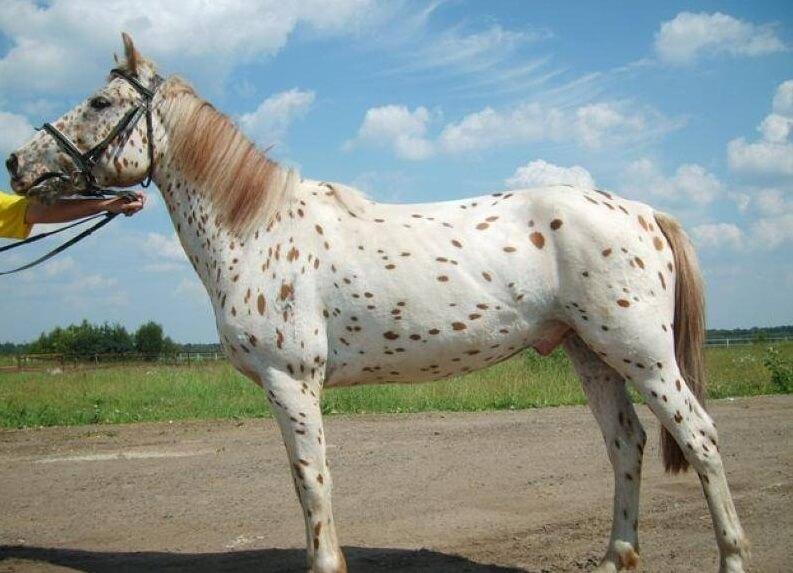
These horses are distinguished by a strong loin, long back, slender but short legs with strong hooves. So strong that they don't need horseshoes. Their natural "shoes" were developed over the years of their existence on rocky mountain slopes. The long tail and magnificent mane make these horses recognizable.
As for the colors, the suits of the Altaians are as follows:
- speckled;
- redhead;
- bay;
- buckskin;
- black.
With regards to the new offshoot of the breed - the Novoaltaiskaya horse - it appeared when the true Altai were crossed with Russian heavy trucks and Lithuanian horses. New Altai people inherited impressive growth from heavy trucks. From the Altai animals, they got a meek disposition and tremendous endurance. The Novoaltais have a long body and a large body, a slightly forked croup and a wide chest. Muscle bumps are easily guessed under the skin.
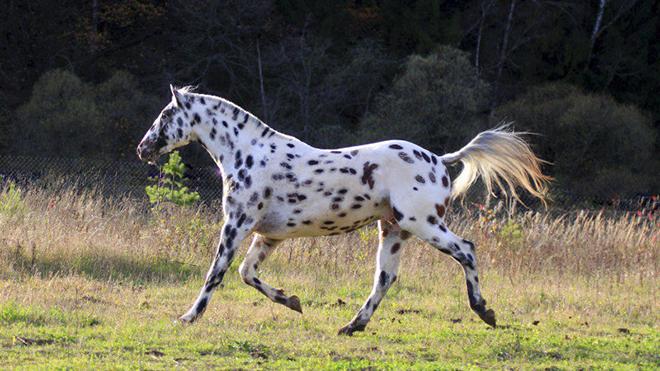
Character specifics
The Altai horse is recognized as a representative of the best working breeds. Firstly, due to the minimal need for care and unpretentiousness. Such animals can work well and for a long time in the most severe conditions. Secondly, Altai horses are real brave men. It is not easy for the wolves who decided to attack the herd of Altai. These courageous creatures are able to fight off toothy predators without the help of guard dogs.
However, these horses are calm, kind and hardworking. It's easy to get along with them: they are attached to a person, predictable and not capricious. Adults and small people will be happy to ride on their backs. These animals are easy to learn.
Productive qualities
Altai horses are extremely hardy and hardworking creatures. They are capable of transporting heavy loads over long distances and even making their way through mountain passes. This breed is also good in terms of obtaining milk - a mare can give it up to 10 liters per day. By the way, milk yield increases in summer.

Altai people are also suitable for agricultural work, for example, plowing the land. They walk well under the saddle, so a person can move on this horse for long distances.
Pros and cons of the breed
Altai horses are popular for a number of qualities:
- good health;
- endurance, performance;
- unpretentiousness;
- milkiness;
- the ability to transport heavy loads;
- friendly, trusting, calm disposition.
Compared to the pros, this breed has few disadvantages:
- the risk of diseases of the skeleton, heart, joints.
- short stature (can be eliminated by crossing with other breeds).
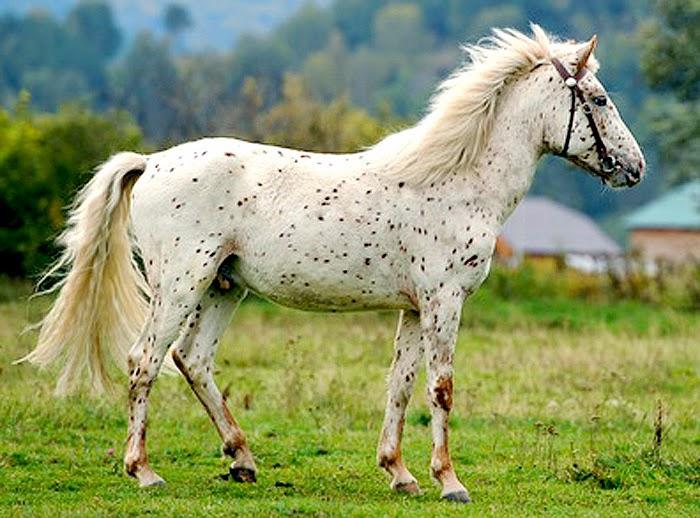
Subtleties of content
And although the Altai horse is distinguished by its vitality and strong immunity, even these animals can be susceptible to various diseases. Therefore, hardy Altaians also need human attention and care:
- Having decided to purchase such a pet, you should take care of the stable in advance. It should be well heated (8-12 C °), dry and not blown by drafts. The microclimate can be controlled with a good exhaust system.
- The horse's litter is changed as it gets dirty, the manure is removed daily.
- The owner must take care of the pet's coat and mane. They should be trimmed, otherwise harmful insects will start in the hairs. In addition, a shorn horse looks more neat.
- Pay attention to the musculoskeletal system of animals. The horse's joints and skeleton should be periodically inspected for asymmetry or damage, if any.
An experienced veterinarian must examine the animal's teeth once every six months or a year and carry out the necessary vaccinations and deworming.

Animal diet
One of the reasons why the owners love the Altaians so much is their ability to tolerate tebenevka well - staying in the pasture in winter. Here the horses get their food from under the snow. Some owners keep their pets on pastures all year round, without worrying about feeding.
Horses' diet should be supplemented with concentrates (muesli, bran, oats) and hay. You need to feed a pet that is not grazing 3-4 times a day.
On a note. It is important to include salt in the diet of Altaians. It is permissible to enter it into the menu as an independent product during each meal, having correctly calculated the dose. An alternative option is to buy licks. An intelligent animal will consume its own salt requirement.These horses quickly become familiar with the regimen, and therefore systematic feeding on a schedule should be provided. Deviations from the usual routine can cause stress among Altai people.
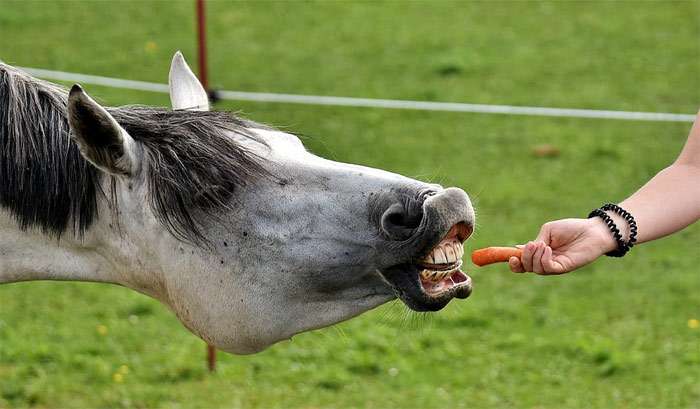
Breeding features of the breed
In Altai, huge areas of pastures allow keeping horses in herds. The breeds are crossed by farms. Females mature at 1.5 years, males later. The mating process begins when the mare is 3 years old, and the stallion is 4. The mare is carrying a foal for 11 months. Her body is very sensitive during this period. Violation of the diet and regimen can provoke a miscarriage.
By the way. Up to 7 months of pregnancy, a mare can work as usual, but from 9 months she should be provided with rest.
In the process of breeding the breed, foals with defects may appear, which, as a rule, do not affect the condition and working qualities of the animals. A defect is, for example, a curvature of the back, which resembles small humps on both sides of the spine.
Scope of use
If there is a horse that is universal in use, it is a representative of the Altai breed. This animal will be an excellent companion for humans in almost any situation. Here are a few "specializations" of these horses:
- meat and dairy;
- pack (can carry goods weighing up to 160 kg over long distances);
- worker (helps with agricultural work);
- selection and breeding.
